Think Ethical Style Can Easily Work for You?
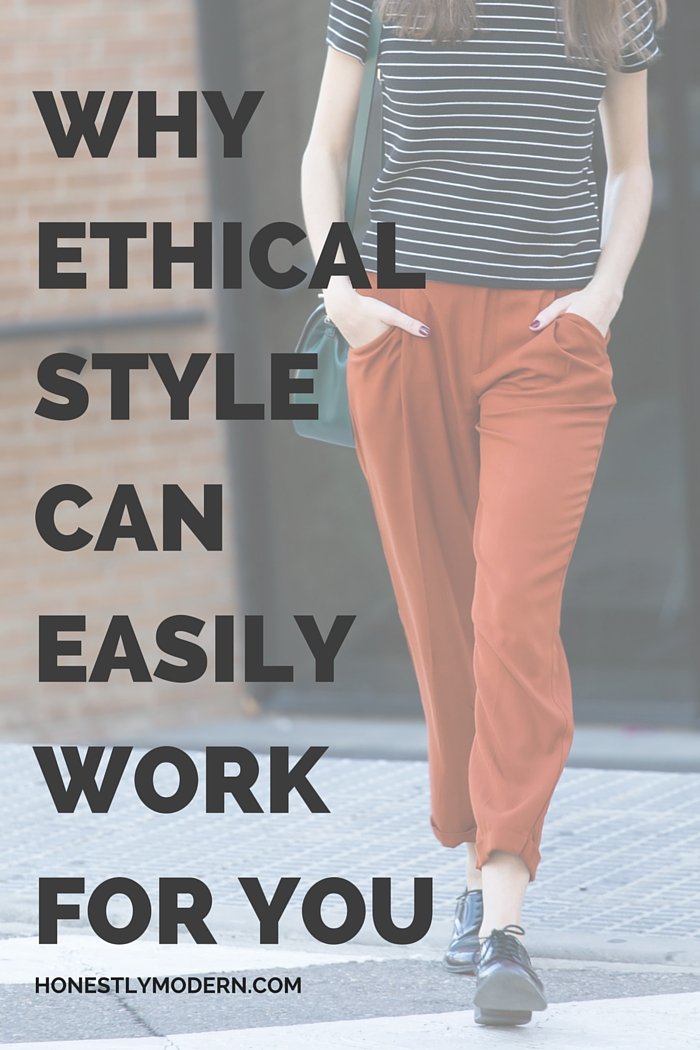
Have you ever made one small change that ended up snowballing into something so much larger?
About a year ago, after too much contemplation, I finally committed to a more socially responsible and consciously curated wardrobe. For a blow by blow of all of the details of my progress along the way, you can check out the intro and my quarterly (ish) updates. The executive summary: I committed to buying at least 90% of my clothes over the course of the next 12 months from responsible channels (secondhand, ethical, fair trade, etc..), and I learned a whole lot more than I bargained for.
At the beginning, I didn’t entirely know how I’d define “socially conscious” (though near the end of the challenge I finally put my ground rules into writing). I also had no idea how hard the challenge may or may not be. Early on, I succumbed to some pressure and bought a few new things that didn’t meet my guidelines. As time passed though, I learned so much more about how to shop more responsibly that it became relatively easy and far more meaningful.
Conscious Consumption Becomes Easy
More conscious consumption became easy for the obvious reason that I continued to discover new brands and channels through which to acquire what I wanted or needed. But I also encountered other less expected boundaries and insights that kept mindless, wasteful and irresponsible shopping habits at bay.
Fewer Fights with Willpower
Limiting my purchasing options naturally reduced my “ability” to buy new things. Having hard and fast rules that certain (i.e. most) brands were off limits made it pretty easy to walk by the stores without a second thought. I didn’t contemplate whether or not I wanted to shop. I never stepped foot in the stores, thus never fighting the urge to scan the clearance racks. I never had to face a battle with willpower and decide on the spot about a purchase, thus avoiding wasteful impulse purchases. The decision about shopping at most mainstream stores had already been eliminated from my day.
Not only did this save me loads of money and time, but it also prevented me from wasting precious willpower on unnecessary decisions. Studies show that we have a relatively finite amount of willpower that gets used up throughout the day. I stopped using mine on shopping decisions (leaving it available for other contemplation, like my consumption of chocolate, but I digress…).
Now I Know Better
Learning more about fair trade, ethical brands and secondhand shopping, and immersing myself in the socially conscious fashion conversation, I became much more aware of the irresponsible and painful impacts our fast fashion shopping habits have on our world and in our communities. Pollution, overflowing landfills, unfair wages and inhumane living and working conditions only begin to describe the consequences our excessive and disposable wardrobes have on others (and in some cases ourselves). Knowing these things, I didn’t even want to walk into the stores that are encouraging wasteful consumption, let alone actually buy something.
I’m far from perfect, and definitely don’t live a perfectly green and socially responsible lifestyle. Far from it. So I’m not here to preach or insult and certainly don’t intend to imply I’ve got it all figured out. But I was seriously surprised to see how my little personal style experiment grew into a strong commitment to reduce my consumption and make more responsible choices not only about the clothes I buy but throughout all aspects of my life.
From Clothes to Homes and Everyday Life
Though it started out small, the power of my purchasing habits plays a constant tune in my head as I go about my days. Further, I regularly remind myself of the emotional and mental weight of “stuff” that piles up as I accumulate possessions. I won’t be living in a “tiny house” or living out of a suitcase anytime ever, but being more conscientious about what I own and how I spend my money will continue to be a growing thread in my life.
In the not too distant future, M and I will be buying our first house. While my closet experiment led me to new clothing brands and fashion conversations, I’ve yet to delve too deeply into socially conscious home ownership (building and remodeling, decor, the right amount of space and use of resources, etc..) I don’t intend to master it (by any means) before we buy our new home, but my increased awareness of conscious consumption will drive certain of my decisions.
I can say with conviction that I definitely didn’t expect a little style experiment to morph into something large enough to influence our first home purchase.
I’ve always had this underlying desire to pursue more socially conscious avenues, but honestly, I didn’t really know what that entailed. Would I work for a non-profit? Would I donate more of my money and volunteer more of my time? Would I work for a for-profit company with a social mission? I’m still not sure “what I want to be when I grow up,” but making an impact by starting with my own everyday life feels right. (I know that sounds glaringly obvious now, but it hasn’t always been so clear.)
The Final Tally
During my year-long experiment, I’ve been tracking the number of items I buy that are socially responsible as a percentage of the total number of wardrobe pieces purchased.
Since my last update in January, I’ve purchased the following things. All the pieces are secondhand from either the Salvation Army or thredUP, except the Nisolo heels (which are ethically manufactured):
- Heels ~ Nisolo ($248)
- Ankle boots ~ Nine West ($18.99)
- Jeans ~ Joe’s ($18.99)
- Jeans ~ Vince ($24.99)
- Dress ~ Michael Kors ($8.49)
- Dress ~ Banana Republic ($12.99)
- Dress ~ Alya ($12.99)
- Sweater ~ Forever 21 ($3.99)
- Sweater ~ Brooks Brothers ($4.99)
- Dress ~ London Times ($6.49)
- Scarf ~ unknown brand ($4.99)
- Blouse ~ Francesca’s ($12.99)
- Blazer ~ Reiss ($75.99) via thredUP
- Blazer ~ Tahari ($37.99) via thredUP
Although there are a quite a few items, my shopping during the last couple of months felt much more purposeful. Years of buying ill-fitting jeans finally ended with the Joe’s jeans I added. They fit well, and I donated every other pair of straight leg jeans in my closet. None fit me as well as these, so there’s no need for the rest.
The Vince jeans replaced my old pair of white jeans that no longer fit. The Nine West ankle boots are cognac, something that had been on my wish list for months.
I purchased the two blazers with thredUP credit, so I had no actual cash outflow. But there’s obviously the opportunity cost of having the option to buy something else from thredUP, so I’ve included it in my total. Both black, the blazers round out a small collection of black blazers that finally feels complete. I’ve been shifting my style away from myriad colors to more of a neutral palette with pops of color, so the black (and more versatile) blazers have replaced brighter alternatives that I donated or sent to thredUP.
The largest change in my closet over the past few months isn’t listed above. I’ve continued to pare down items and donate or sell far more than I’ve purchased. Letting go of things that no longer serve me feels so liberating. It’s almost addicting.
- Prior to this update: Socially Conscious Pieces = 56; Total Pieces = 64 –> 87.5%
- Final Challenge Total: Socially Conscious Pieces = 70; Total Pieces = 78 –> 89.7%
Technically, I missed my goal. But to me, missing it by 0.3% (almost exclusively due to purchases made early in my challenge) and having learned so much along the way feels like a win.
Why Should You Care?
I know this challenge was about my closet and my preferences and my growth. But I think it’s so important for others to follow suit on their own terms. It probably won’t be exactly what I did. And I doubt you’ll want to track every purchase in as detailed a manner as I did.
No matter how you play along though, I strongly encourage you step back and challenge where you shop, why you shop, and how much you really need. It’s likely we could all afford to make a few changes (and every little bit helps).
Being a more responsible consumer isn’t just the right thing to do for others. It offers some really selfish motivations as well.
You’ll save massive amounts of time formerly spent shopping. Finding your favorite brands on the internet or Instagram, locating local well-curated consignment shops, and shopping brick-and-mortar thrift stores may take longer than popping into a well-known fast fashion store to buy a look off a mannequin. But that initial investment will be far less than the hours spent perusing malls and websites, reading and clearing the deluge of emails from big retailers, and sifting through closets full of things you half-love and hate to wear.
You’ll also spend far less money on far fewer clothes. Secondhand items are certainly less expensive. But if you opt for ethical, fair trade or more sustainable products (which sometimes cost more than their fast fashion counterparts), you’ll likely buy fewer items and spend less overall. The most responsible shopping starts in your own closet by learning how to remix what you have and love like a pro. That’s totally free!
Online resale sites like thredUP, offering myriad filters for searching for items, use the power of technology to find exactly what you want in seconds while still saving lots of money buying high-quality secondhand. Two birds. One stone.
Deciding to become a more responsible shopper, particularly in the fashion space (which has a growing number of ways to participate more consciously), doesn’t have to be a daunting feat. Resources to start a new style adventure abound. To get you started, I have a growing library of socially conscious style resources to lead you along. Consider checking out:
What Does Socially Conscious Style Mean to You for more about what constitutes responsible style as well as the rest of the 90/10 Socially Conscious Style Challenge series
Some Tips on How to Shop Your Closet (and why style blogs might be fueling fast fashion)
Guide to Secondhand Style and Tips for Successful Thrifting
Profiles of Ethical Brands I’ve Tried and a growing list of Ethical Brands
Don’t Let Irresponsible Consumption Haunt Us
Just a few days ago, I saw a post on Instagram that said “Nothing Haunts Us Like the Things We Didn’t Buy.” It made me cringe! To begin, it’s entirely untrue. I’d bet that more impulsive purchases haunt us than regrets about things that never made their way into our shopping carts. Worse yet, it intends to instill fear in order to promote unnecessary over-consumption. So disappointing!
What really might come back to haunt us is the damage fast fashion and useless over-consumption does to the Earth and the communities around the world entangled in it. For the good of others and the planet, not to mention our schedules and our bank accounts, let’s all be a little (or a lot) more thoughtful about what we buy, what we wear, and how we vote with our dollars.
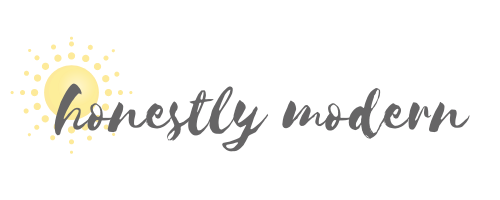

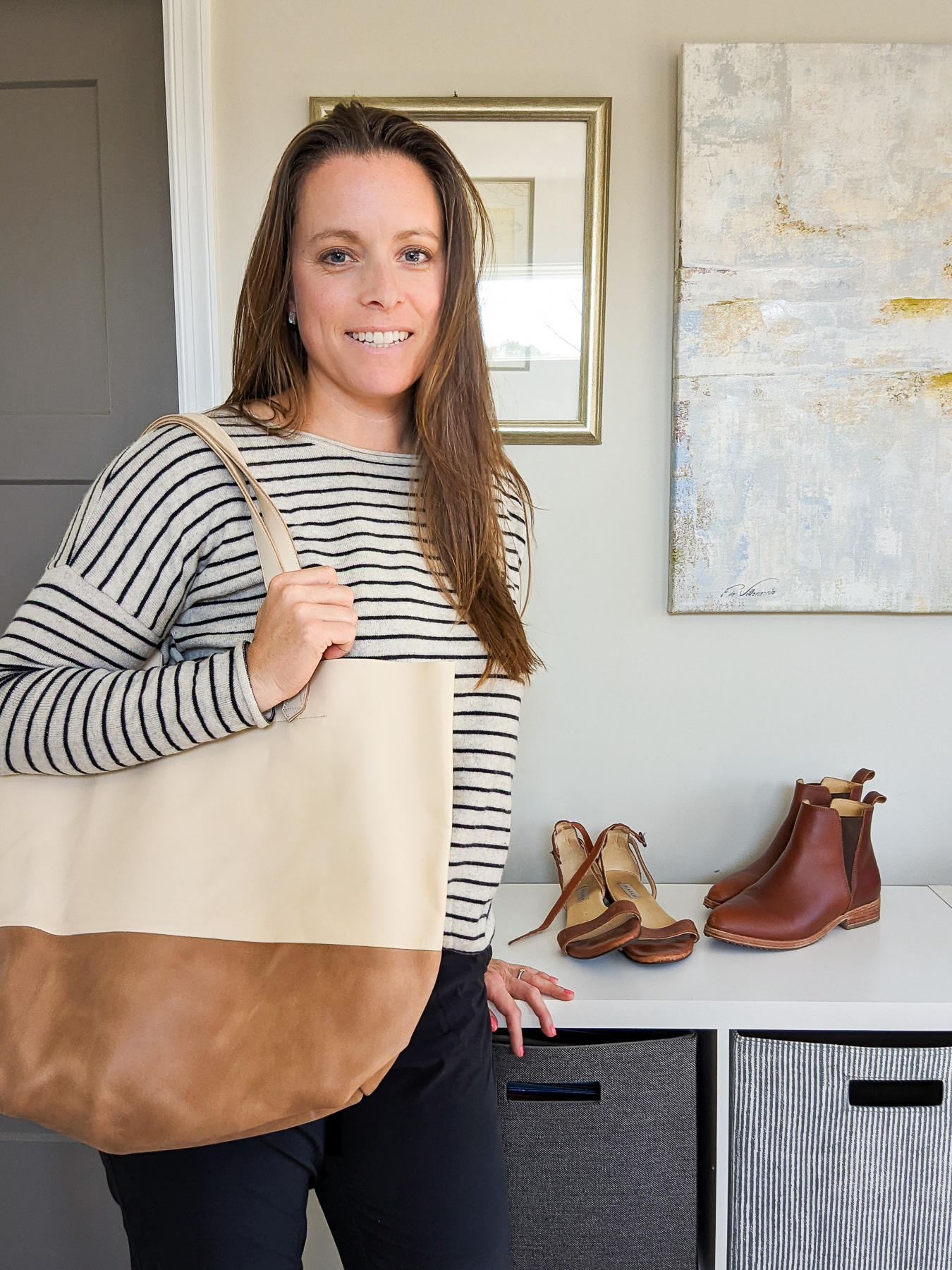
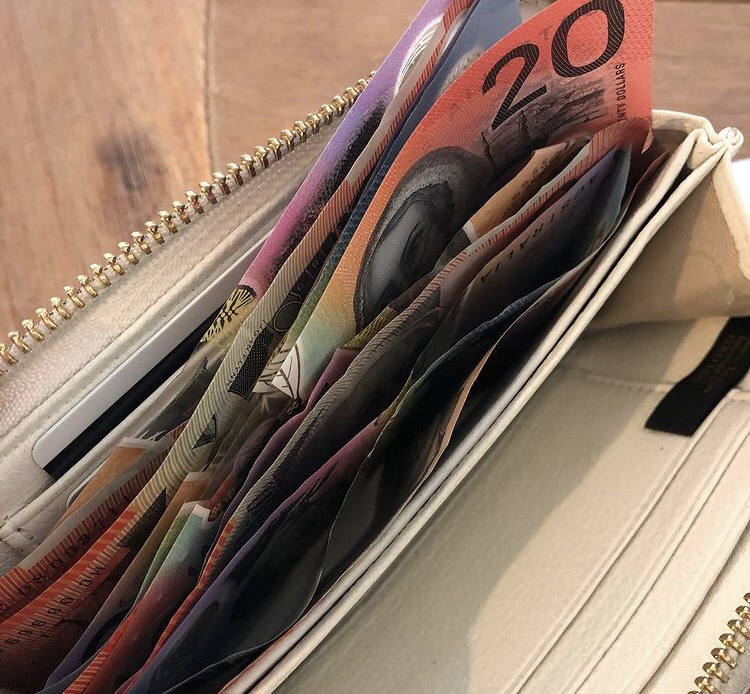
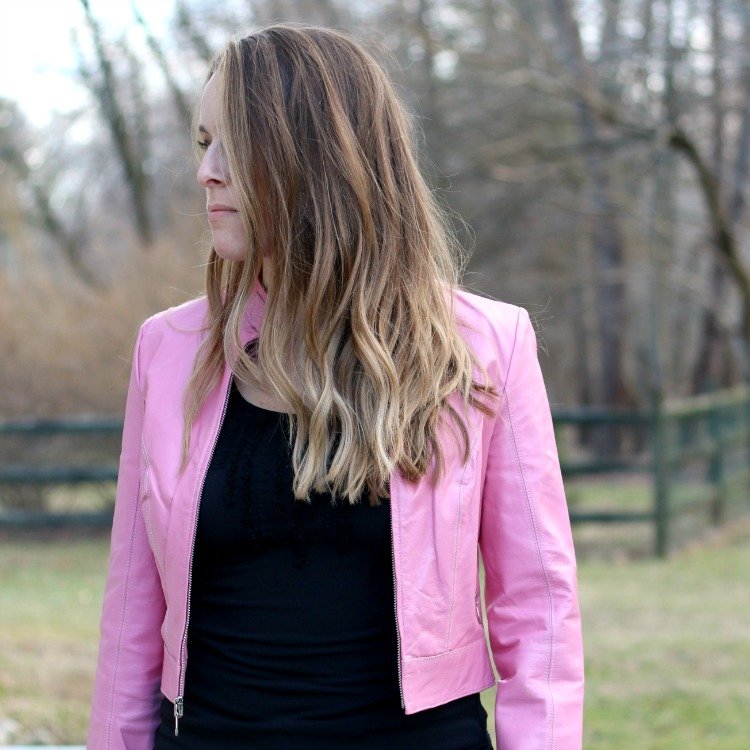

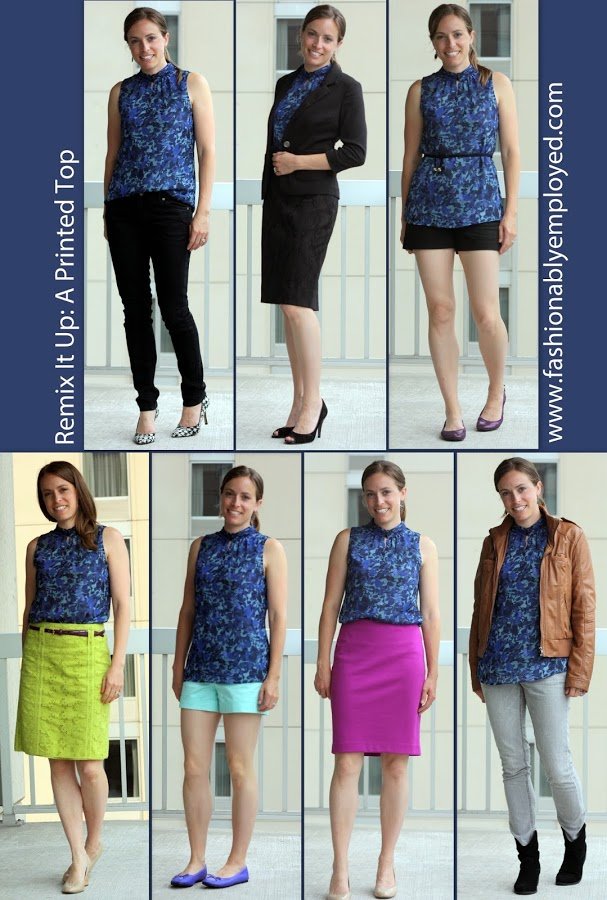

One Comment